In the life of any enterprise, its fixed assets play almost the main role. Without them, production is impossible, in addition, even trade is held on fixed assets.
In general, two types of funds are distinguished - working capital and fixed assets, which will be discussed in more detail later. The last of them, depending on the time of use, acquire two more characteristics - physical and mental wear.
Let's try to plunge into the hierarchy of funds in order to understand the difference between all these concepts.
Theory
Let's start with the funds. A revolving fund is a short-term support, so to speak, of production. This may include resources, materials, fuel - everything that is actively used.
Another type of fund is basic. It includes:
- means of production, such as hardware;
- buildings in which this equipment is located;
- transport involved in the delivery of both raw materials and products.
The main criterion for separation is the decomposition of the value of the funds. So, the cost of working capital is immediately included in the cost of goods, these are the resources that are consumed immediately in the production process. The main ones are long-term. That is, their value is added to the value of goods gradually, as the physical and moral depreciation of fixed assets.

How to evaluate them?
Fixed assets are valued in kind and in cash. The first type of accounting is used separately for each component, it is related:
- with production facilities;
- general level of technical equipment;
- equipment that is on the balance sheet of the manufacturer.
Of course, the physical and moral depreciation of fixed assets will have a significant impact on this indicator - their condition depends on it. Valuation (or monetary) valuation is done on an in-kind basis and is used to plan the budget taking into account all necessary expenses.
Wear
And now let's move on to the concept of “physical and moral depreciation”. This is a gradual loss by the main fund of its original state and functions. This may include equipment obsolescence.
The degree of depreciation is one of the key factors in assessing the fixed assets - the main part of the funds allocated for the maintenance of the fund is allocated to eliminate the effects of depreciation.
Physical deterioration
Physical deterioration is divided, in turn, into:
- depreciation of the first kind associated with the operation of funds;
- wear of the second kind, resulting from the harmful effects of the environment.
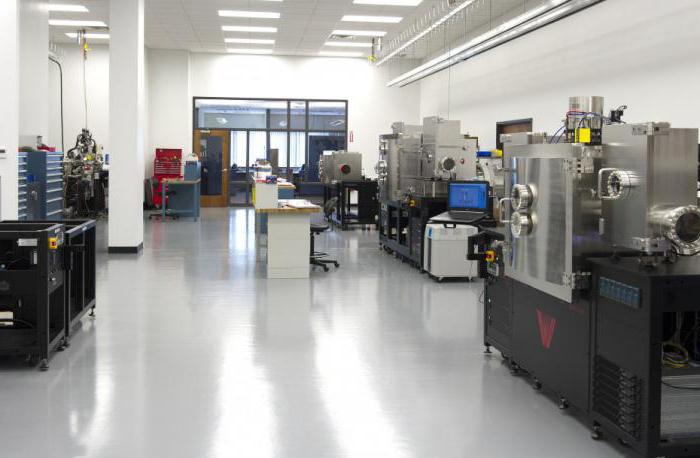
The physical and moral depreciation of fixed assets, if we consider it in the context of the first aspect, is manifested in a change in their properties over time during operation.
So, for example, full wear is highlighted, the consequences of which are eliminated either by a complete replacement of the equipment or its main parts, which at cost is most often equal to the purchase of new equipment. Partial wear is repaired by repairs, which are usually less expensive.
It is impossible not to note the influence on the state of the main fund not only of its direct operation, but also of the environment. Of course, equipment that is constantly exposed to adverse environmental conditions and various destructive chemical compounds is unlikely to last as long as one that is placed in a spacious room and is not associated with working with hazardous compounds.

The calculation of physical depreciation occurs in different ways.
- For the entire service life.Then depreciation for the period of operation is divided by the initial value of the fixed assets.
- At this moment. Depreciation expenses are subtracted from the initial cost, and the difference obtained is divided by the initial cost.
- In addition, there is a method for determining physical wear and tear by service life. Actual life is divided by the expected life at the rate. The coefficients obtained in these calculations, when multiplied by one hundred, will show the degree of physical wear and tear as a percentage.
Thus, the physical and moral depreciation of funds, if we consider its second aspect, is associated with their direct operation and is eliminated by complete replacement or repair.
Obsolescence
We follow further. And what is the obsolescence of fixed assets? Science and technology do not stand still. Every day more and more new means of production appear in industry.
It is with this development that the obsolescence of funds is associated - the irrelevance of equipment, its inconsistency with the current realities of production and, most importantly, the depreciation. That is, if physical depreciation is associated with the operation of funds, then its other type is characterized by problems due to scientific and technological progress. 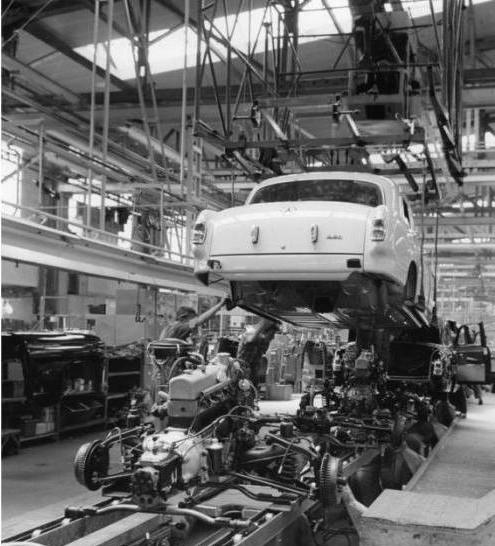
Considering obsolescence, we can talk about its division into two types:
- To produce such equipment has become less expensive and easier, from the point of view of technology, that is, a huge number of such machines may appear, which, of course, reduces their cost on the market.
- The obsolete equipment is being replaced by more sophisticated and economical ones, which can significantly reduce production costs.
Some researchers also talk about the third type of wear - social, which occurs when equipment, due to modernization, ceases to meet safety standards for both humans and the environment.
So, you need to remember about obsolescence, that it is associated with obsolescence of equipment, reduction in its cost and certain limitations in its use. This problem is the main one in production, since it is easier to deal with physical wear - the methods themselves are more specific.
Depreciation
Physical and moral depreciation are concepts that are closely intertwined with a term such as depreciation. It is a process of reimbursing funds spent on the maintenance of fixed assets. Typically, enterprises accumulate a certain amount of funds and only then use it to restore funds, while depreciation costs are added to the cost of goods regularly.
To calculate the depreciation rate, it does not matter to which class the equipment belongs, in what conditions it functions, and so on, the only thing that plays a role is its service life, which, by the way, each company sets for itself.
Based on this period, all equipment is divided into 10 groups. The first will include funds whose service life is from one to two years, the next group - from two to five, while the last - that can last thirty or more years.
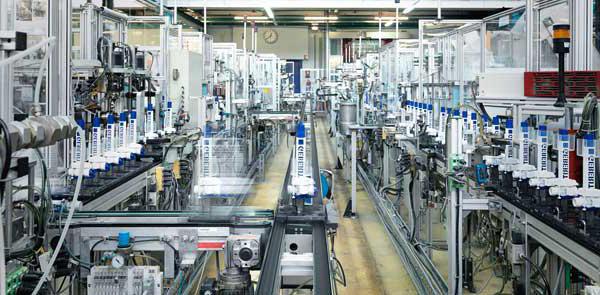
Depreciation rate
In order to find out what is depreciation rate for a certain group of goods, it is necessary to subtract the residual value from their initial value (those funds that would have been spent to get rid of the fund), and then divide this difference into the product of the residual value and the service life of the means of production according to the documents.
To find out the percentage, the resulting value is multiplied by one hundred.
Depreciation and amortization
Typically, the depreciation of fixed assets, as well as physical, is reflected in depreciation in two ways:
- by service life;
- by the amount of work performed.
The first method, which is obviously used more often, both in European countries and in our country.
Closer to reality
But what is the physical and moral depreciation of funds in reality? We reinforce theoretical knowledge with concrete examples.
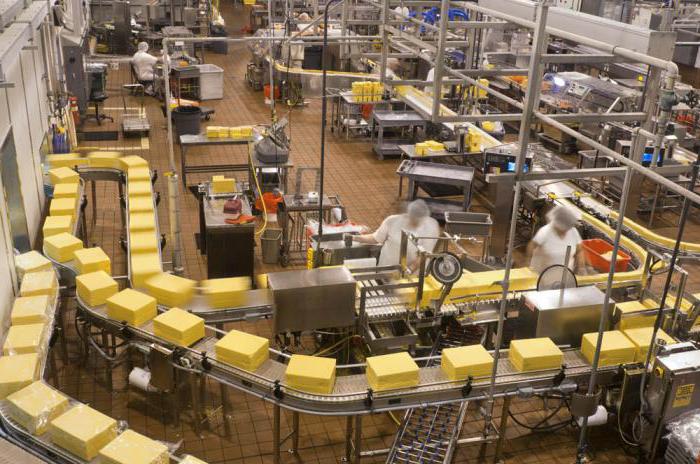
Suppose we have a company engaged in metal processing, engraving and art forging. That is, the working capital in this situation will include:
- directly the metals themselves purchased at manufacturing plants;
- various devices for engraving machine operation;
- supplies for blacksmithing.
Whereas the main funds are:
- vehicles that have already delivered resources from the factories, and a little later they will take the goods to distribution stores;
- buildings in which the production itself is located,
- all technical equipment - even the most primitive tools, such as a saw and a hammer, will also be considered fixed capital.
Our company has been working for a year, two, three - of course, the machines require some care. Replacing some parts that have worn during operation or eliminating the consequences of difficult working conditions, we eliminate the damage caused by physical wear.
Moral depreciation, in turn, will manifest itself when new machines that perform the same functions enter the market, or someone finds a way to modernize existing ones so that it makes a real revolution in production, significantly affecting the cost of equipment and leading to its depreciation .
Even closer
You can try to analyze the whole situation with the current state of the funds from the point of view of an active television user. Of course, state channels will talk about how huge money is spent on improving production conditions, replacing obsolete equipment, and research is being funded in this area. But is this really so?
Yes, the USSR did not die almost thirty years ago, but some industrial enterprises, especially state-owned ones, still use equipment that was already not entirely new at that time. A private business that relies entirely on its own resources cannot afford such a luxury - it has to constantly take into account the physical and moral depreciation of fixed assets, otherwise it will not withstand competition and will be forced to leave the market.
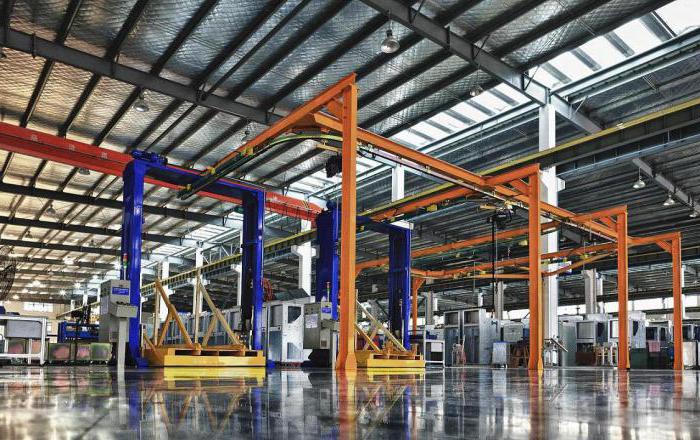
On the industrial giants, especially those that experienced their heyday in Soviet times, production facilities have not changed for decades, which is often the main cause of problems with product quality, which entail difficulties in sales and, as a consequence, decline in production.
Only those companies that keep up with the times, renew their production assets, monitor scientific and technological progress, picking up new trends that are constantly evolving, can withstand all the difficulties that have to be encountered in the process of economic relations.
In no case should you concentrate solely on establishing business relationships or selling products - everything starts with production, and it is unlikely that it will be able to maintain its high level, based on outdated and faulty equipment.
Conclusion
According to statistics, most of the population in our region is engaged in industry. To maintain its condition, the economy requires continuous reproduction of goods, and, of course, there are a lot of people who want to satisfy this request.
But not everyone can do this - here the question of the state of fixed and revolving funds, the physical and moral depreciation of equipment, vehicles, buildings and so on. In the process of economic activity, every little thing matters, and sometimes the slightest mistake can be the beginning of the end. Funds are not unlimited and not eternal - the main thing to realize this.



